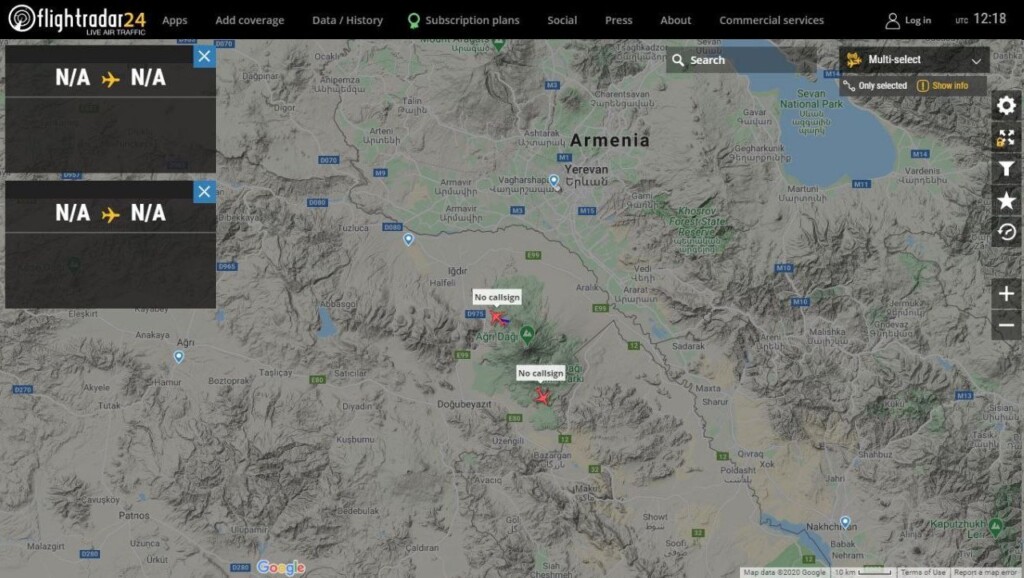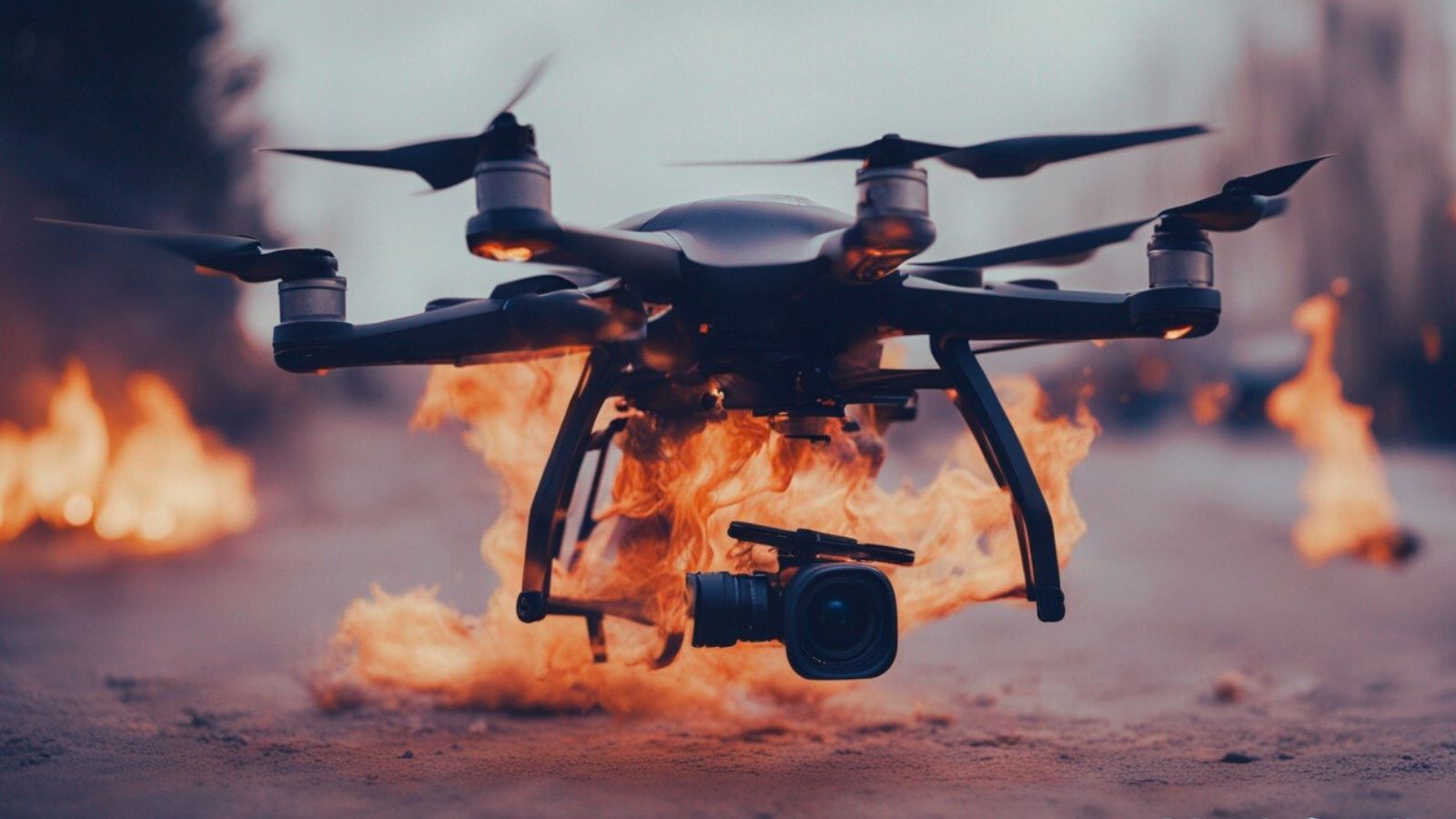
‘Flightradar24’ Service Disrupted Thrice in 48 Hours Due to DDoS Attacks
- ‘Flightradar24’ could be suffering from a series of DDoS attacks that crippled its service three times.
- The platform hasn’t defined the source of their problems, but the signs provide a clear idea of what the cause could be.
- The reason for the attacks could be lying in the ongoing conflict between Armenia and Azerbaijan.
One of the most popular real-time flight trackers, ‘Flightradar24’, has been dealing with service-disrupting DDoS attacks in the past two days and has limited success in keeping the website up. The platform tracks thousands of commercial passenger and private aircraft each day.
It has millions of visitors, “Gold” members who pay to unlock extra features, and even high-profile customers like Airbus and Boeing. ‘Flightradar24’ has informed its users of an attack on its systems, and although they never specifically mentioned DDoS (distributed denial of service) as the reason, the signs point there.
⚠️ For the third time in two days Flightradar24 is under attack. Our engineers are working to mitigate the attack as quickly as possible and we hope to be back tracking flights soon. We appreciate your patience and apologize for the inconvenience. Updates to follow in thread.
— Flightradar24 (@flightradar24) September 28, 2020
We have recently covered other DDoS attacks that were accompanied by ransom demands, and generally, 2020 has been a period of abundance for this type of cyber-attacks. New DDoS attack methods enable malicious actors to launch more catastrophic attacks that are way harder to stop, so they are increasingly used as an extortion method.
However, Flightadar24 hasn’t mentioned anything about financial demands or negotiation with the attackers, so we can presume that the motives are different.
Right now, Armenia and Azerbaijan are undergoing an escalating military conflict, and the two enjoy the support of different countries. Some of these countries would like to mobilize their surveillance/reconnaissance aircraft in the area without the other side having an easy way to figure out their position and without provoking the international community. So, one of those actively involved in the conflict could engage in cyberwar too, launching DDoS attacks against Flightradar24 and keeping their aerial movements mostly stealthy.
UAVs and assault aircraft aren’t shown in the service anyway, but there are special types of planes that could give away a lot of information based on what can be seen through Flightradar24.
AEW&C (early warning and control) giants like Turkey’s Boeing 737 or Russia’s Beriev A-50 flying close to the conflict area, for example, would be a sign of active involvement in the combat even though they would carry no callsign. Also, there are civilian aircraft following suspicious paths or flying close to the Armenian border.
Of course, all of the above are assumptions based on the current situation, the signs, the reports, and the plausible scenarios that arise from ongoing geopolitical tensions.
That said, we do not offer any facts here since Flightradar24 hasn’t provided any clarifications on the source or even the type of these attacks. If they do, we will update this piece accordingly.












